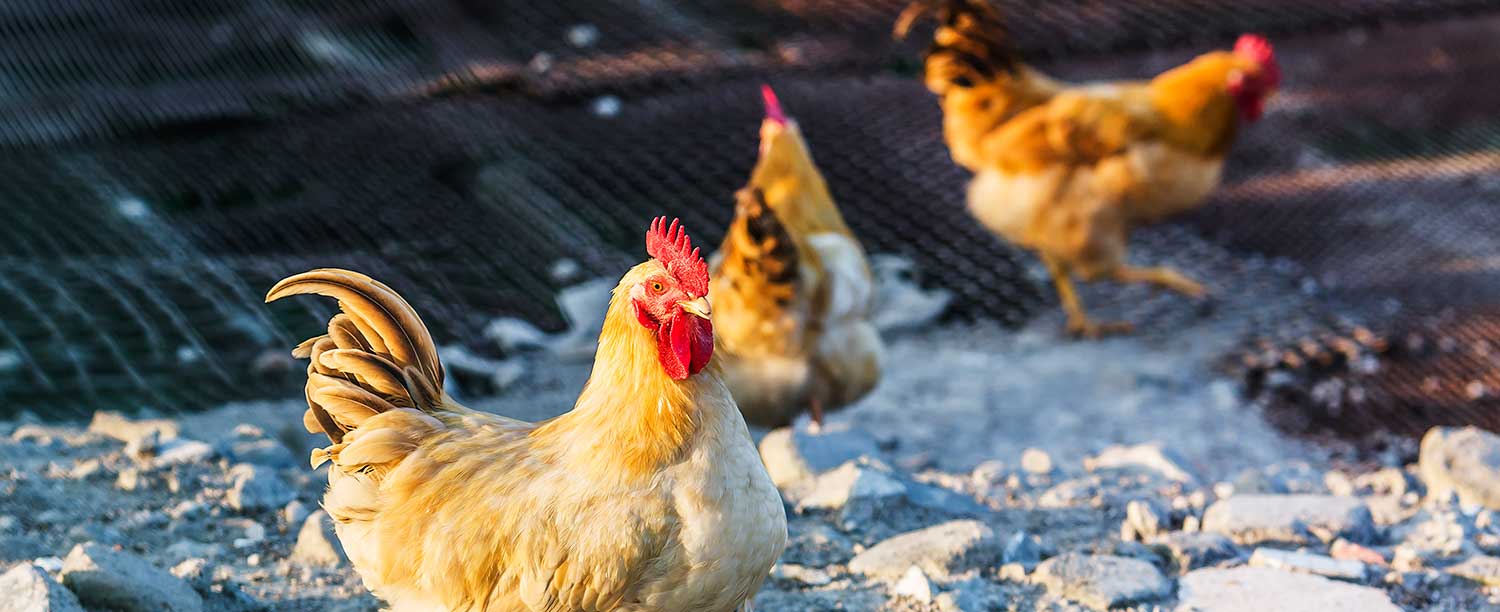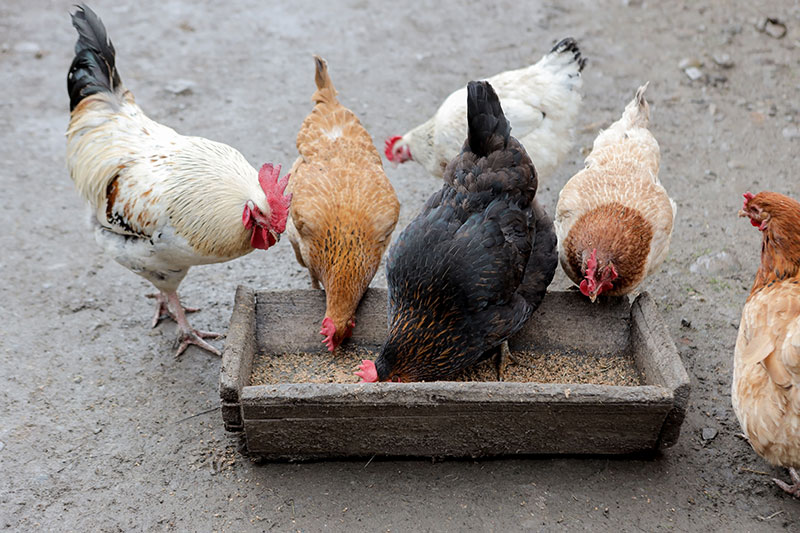
In Canada alone, almost 25 million hens are raised for egg production each year, laying approximately 600 million eggs collectively. More than 90 percent of these egg laying hens spend their entire adult lives in cages. This method has historically proven to be efficient in producing table eggs, but there has been a recent shift in the industry to move towards the cage-free system instead.
Food retailers across North America, Europe and even Asia have pledged to source 100 percent of their eggs from cage free facilities in the next five to 10 years. This has created uncertainty among egg producers about how to successfully manage laying hens in cage-free systems while maintaining profitability.
Egg farmers across North America are starting to prioritize hen welfare and using it as a consideration as to whether or not they should transition to furnished cages (also known as modified, colony or enriched cages) or cage-free housing.

While an improvement for the commonly used battery cages, furnished cages do not provide for all of a hen’s physical and behavioural needs. Today’s commercially available cages restrict a hen’s ability to run, jump, fly, and flap her wings, as well as express natural behaviour such as nesting, foraging and roosting. Research shows that cage-free systems have the capacity to allow for exercise and the expression of these behaviours, resulting in less frustration and fear and better plumage, stronger bones and fewer physical injuries.
There are advantages and disadvantages of every type of hen housing system, and even cage-free solutions are not without their welfare concerns. Specifically, non-cage systems need to be carefully managed to limit risks of disease, injuries, injurious pecking, and mortality.
The transition of Canada’s hens from conventional to enriched housing systems is a complex undertaking that requires a nationally coordinated approach with participation and support from industry and all stakeholders. For example, to support hen welfare needs in enriched systems in layer barns, significant changes to pullet rearing housing systems are also necessary. In addition, since egg farmers will have to take hens out of production while new housing systems are being built, there is a need to coordinate housing conversions to ensure that market demand for eggs can continue to be met.
Cage-free eggs cost more than caged eggs because cage-free hens are more active and expend more energy than caged hens, therefore requiring more feed. There is no difference in nutrition between caged and cage-free eggs.

Moving hens into cage-free environments involves additional costs and new challenges, but egg producers can address these in part by focusing on these five factors:
There are many different types of cage-free systems. The most commonly employed designs are the following:
Each of these systems have their own advantages and disadvantages that should be considered when converting to cage-free production.
Floor raised housing systems provide hens with full access to litter and movement including perches and nesting for comfort.
Aviary systems encourage hens to carry out natural behaviours such as nesting and perching, and provide access to floor litter. This allows increased movement, exercise, and flight for the laying hens, bringing associated welfare advantages but this type of system also creates farm management challenges.
Enriched cages provide hens more movement as well as amenities such as perches, scratch pads, and nesting areas, facilitating greater feed and health care practices.